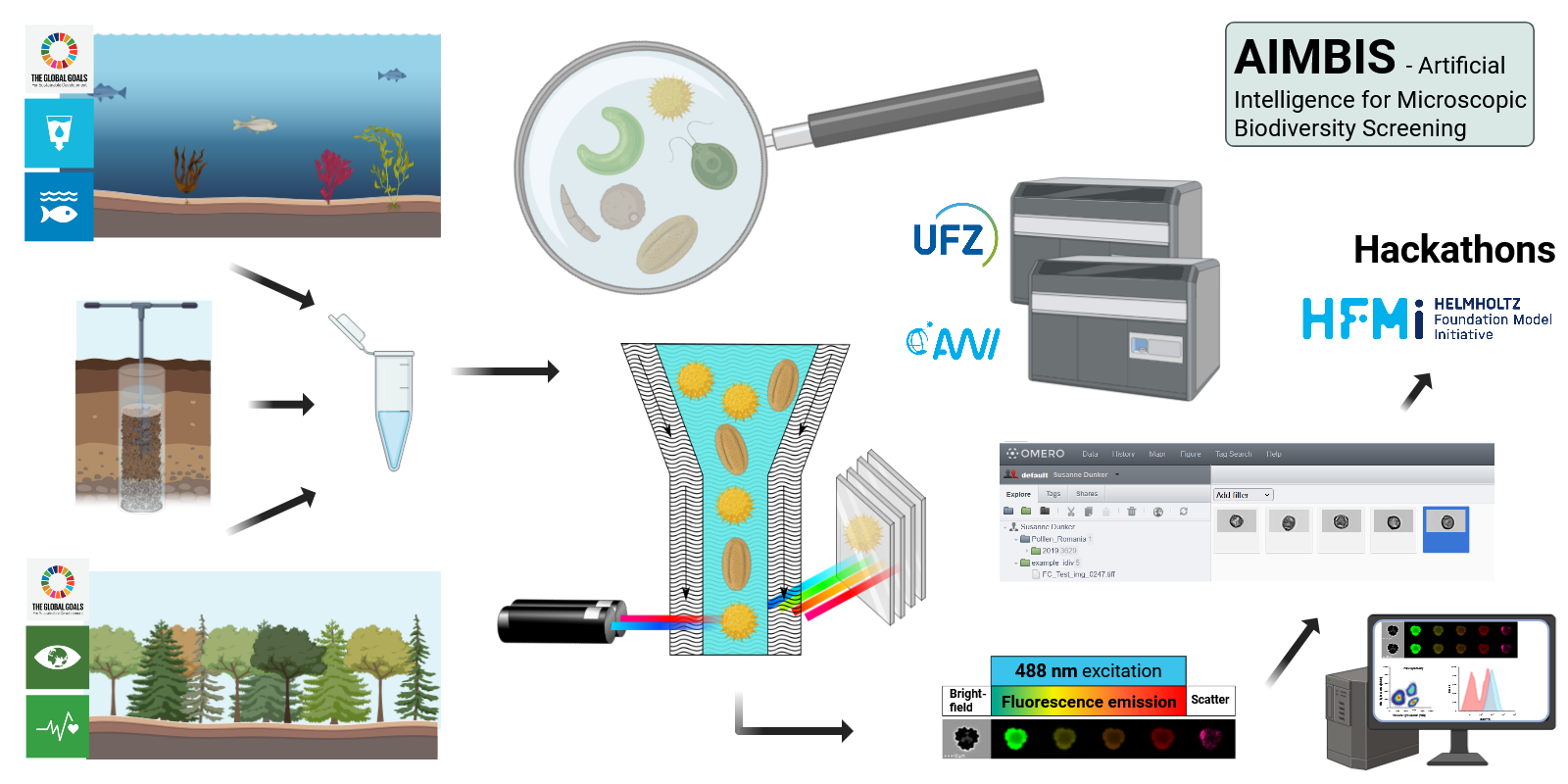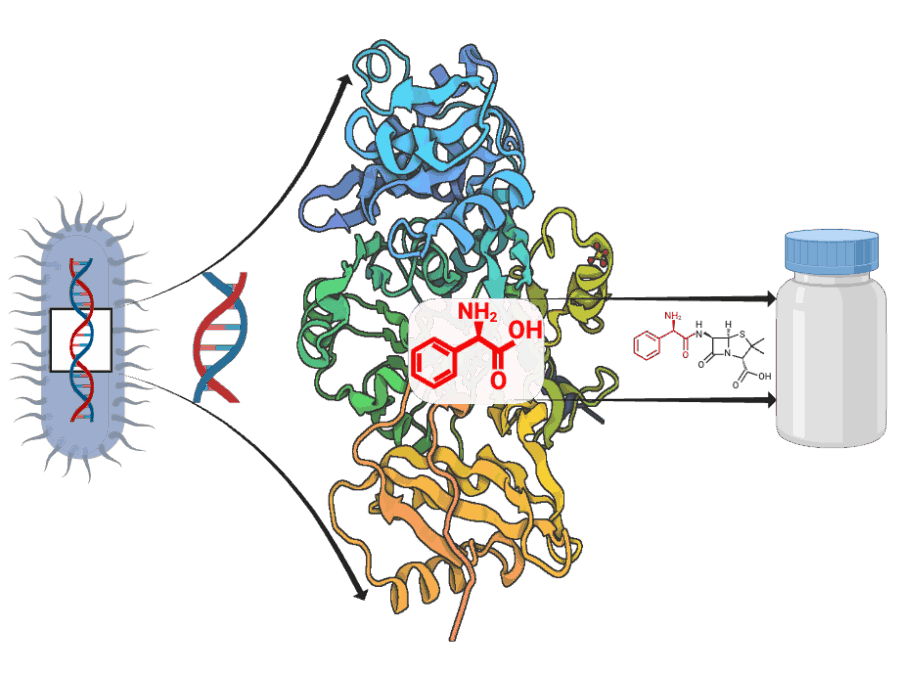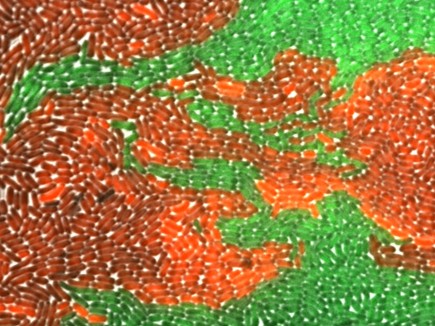AIMBIS – Artificial Intelligence for Microscopic Biodiversity Screening

What is the project about?
Microscopic monitoring of air, water, sediments, and biological samples supports SDGs on health, clean water, and marine life. The AIMBIS project studies modern and fossil microscopic life to trace climate and biodiversity changes. While manual analysis is precise but slow, AI tools like CNNs combined with MIFC enhance speed and reliability, requiring diverse benchmark datasets.
What motivated the project team to apply for UNLOCK, and how does the project align with the initiative’s vision?
The AIMBIS project partner collaborate/d already in different Helmholtz-funded projects which mainly focus on advancing AI developments. However, it is of utmost importance that for all these tasks sound and well-curated benchmark dataset from different domains are needed and curated by domain-experts. The hyperUNLOCK initiative fills this gap.
What gap in the scientific community led to the creation or expansion of this benchmarking dataset?
There is a great need for an assessment of hidden biodiversity in order to monitor air and water quality, but also for comprehensive climate reconstructions in various regions of the world. Climate change and environmental changes, in particular, and their impact on microscopic biodiversity are important for gaining a comprehensive understanding to adequately adapt.
How does the benchmark dataset support reproducibility, robustness, and fairness in AI research?
The datasets will be published to be publicly available.
What is the project’s structure — from data curation to expected outputs such as publications or competitions?
In AIMBIS, domain-experts will provide relevant samples, which will be measured at AWI and UFZ, subsequently the domain-experts will curate the resulting data and jointly the datasets will be prepared for publication.
In what ways does the project foster cross-domain, cross-center, or interdisciplinary collaboration?
The project will foster cooperation between the Earth & Environment-related centers AWI Bremerhaven, AWI Potsdam and UFZ with a special focus on hidden microscopic biodiversity assessment.
What impact does the project aim to achieve — within Helmholtz and across the broader research and industry community?
The AIMBIS team hopes that the publication of benchmark datasets will stimulate the better recognition of microscopically relevant classes of organisms and particles from different domains and crucial for several SGD related monitoring tasks.
Other projects

ADD-ON: Adenylation Domain Database and Online Benchmarking Platform
ADD-ON addresses the lack of reliable data for predicting how microbial enzymes assemble peptide-based natural products. By enabling accurate AI-driven structure prediction, it accelerates the discovery of new bioactive compounds and ultimately supports efforts to combat antimicrobial resistance.
AMOEBE: lArge-scale Multi-mOdal Microbial livE-cell imaging BEnchmark
Building a large-scale, FAIR benchmark for AI-driven analysis of microbial communities using time-lapse microscopy to advance understanding of microbial dynamics, ecosystem stability, and their role in health and biotechnology.